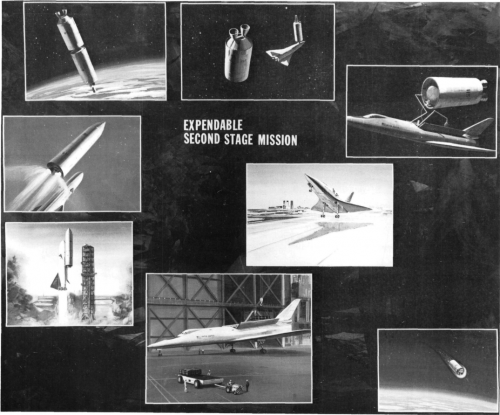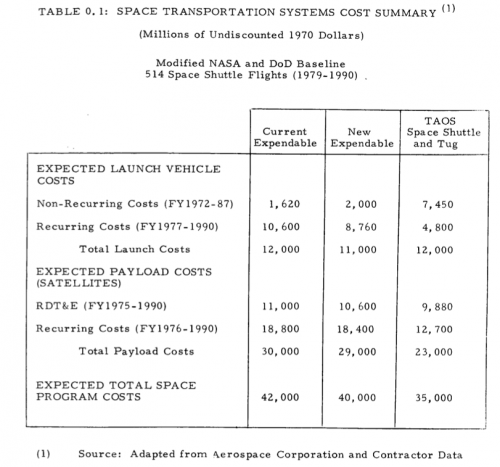- Joined
- 27 May 2007
- Messages
- 676
- Reaction score
- 43
blackstar said:mz said:Apollo and Saturn were unsustainable. That was clear from the start.
Clear to whom?
I have not looked at this subject closely for a long time, but I've long had a suspicion that there was a stutter-jump in the policy discussion in the late 1960s and they jumped over some obvious things and went straight to the shuttle solution. I don't think anybody in 1967-1969 took a careful look at maintaining the Apollo infrastructure long term and reducing the overall cost. Instead, they looked at options such as Saturn V plus shuttle, and then shuttle-only. And I think that this was partly because NASA has an engineering bias. In other words, they wanted to build something new, not simply keep producing Saturns at a low-rate production.
I've seen various people claim that Apollo-Saturn was "too expensive to continue," but I've never seen this claim backed up by actual economic analysis. I think there was a gut decision that it was too expensive, followed by a "I know! Let's build something NEW that will be cheaper!"
I think that NASA then got into a path-dependent situation where they started down the path toward retiring Saturn and building Shuttle and never again questioned if it was a good idea.
Or... put it more succinctly, if NASA had not built the shuttle and instead decided to spend shuttle development costs on continuing Saturn-Apollo and upgrading it, could they have done it?
I don't have any data but let's break this down a little
1) Lunar flights with Saturn V, Apollo CSM and the Lunar Module - IMO unsustainable even once every few years.
2) Orbital flights with Saturn V, huge space stations and Apollo CSM - IMO unsustainable. Would you keep both Saturn I and V? How often would you launch the V? You'd have to keep the large infrastructure and personnel of the V around even if you launched it only once every 5 years, the problem with heavy lift rockets. How huge space stations do you want and where do you get the money to put the equipment into them and to keep them supplied? Maybe if you consolidated I and V hardware (Saturn I first stage redesign for new tanks and F-1) and interfaces for synergy advantages.
3) Orbital flights with some Saturn I variant and not fully fueled Apollo CSM, more customized to their purpose with time. IMO most likely possible. This is the Russian style that worked allright for their space stations. You could launch some station components with Titan as well like the Russians have used Proton to launch MIR and ISS components.
I don't think the Space Shuttle was a good decision either and it was only very barely sustainable either. It's unlikely that a low operational cost can be reached if you design a very large performance pushing system almost totally from scratch using large portions of new untested technology. (Huge segmented solids, winged re-entry with RCC and tiles, high pressure staged combustion hydrogen engines.) Some believed it would be cheap, but some knew what would happen beforehand.


